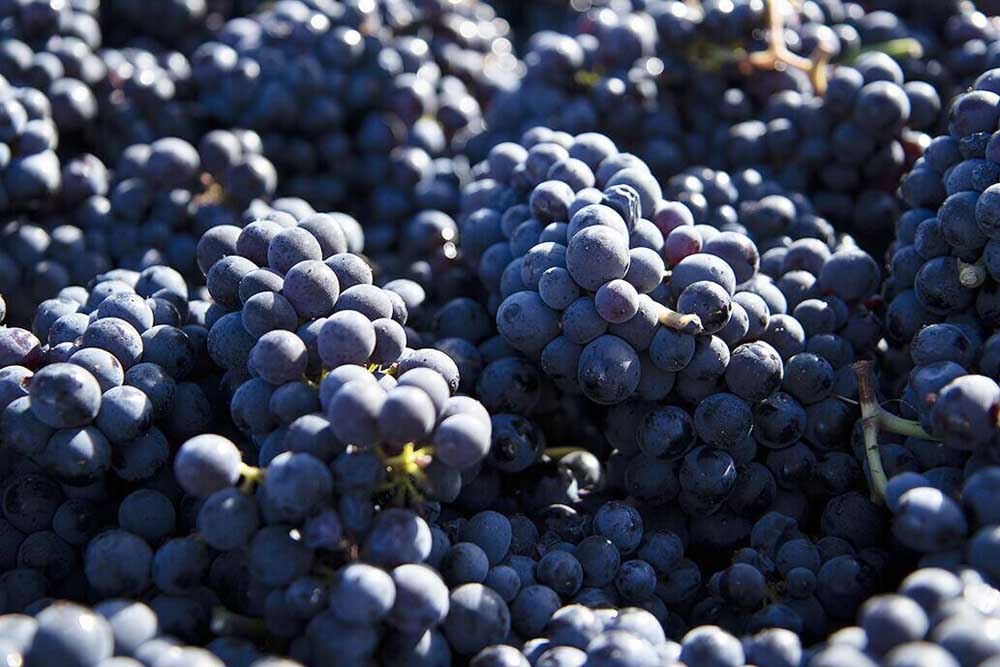Coleman Agriculture to begin growing wine grapes
Published 11:29 am Thursday, November 17, 2022

- Pinot noir wine grapes at harvest.
ST. PAUL — One of Oregon’s largest hop producers is getting into the wine business.
Trending
Coleman Agriculture will plant 30 acres of pinot noir vines next spring at a farm north of St. Paul in the Willamette Valley. The company expects to harvest its first wine grapes in 2025.
David Henze, president of Coleman Agriculture, said the decision was based on growing demand for Oregon wines — particularly in the $20 to $30 per bottle price range.
“We’ve probably had conversations with 8-10 winemakers,” Henze said. “When the word got out that we were going to be growing wine grapes, they became interested.”
Trending
A sixth-generation family farm, Coleman Agriculture manages more than 7,500 acres near St. Paul, Mt. Angel and Independence, specializing in hops to supply the region’s craft breweries. The farm also grows a variety of seed crops, vegetables and hazelnuts.
Expanding into wine is an expensive proposition, Henze said. He estimated it will cost around $1 million to purchase the rootstock and get the vineyard started.
It then takes three or four years, typically, before vines begin yielding grapes and growers see any return on investment.
“We have hired a consultant to get us going and teach us all the basics,” Henze said. “We plan to be one of the major producers of wine grapes in the valley, if it works out for us.”
Wine grapes were Oregon’s eighth-most valuable crop in 2020, according to the state Department of Agriculture, at approximately $158 million. Statistics from the Oregon Wine Board show nearly 70% of vineyards are in the Willamette Valley, totaling 27,202 planted acres, with pinot noir as the signature variety.
“Talking to winemakers, they feel that based on the demand they’re seeing now, there will be a demand for additional acres,” Henze said.
For their first vineyard, Henze said they have selected a 30-acre farm near Champoeg State Park that grew grass seed this past year. The site met all geographic criteria, including slope, wind flow and deep, well-drained soils.
If successful, Henze said the farm could add more acres and wine grape varieties in the future, such as pinot gris and chardonnay.
“We’re deeply committed to partnering with local winemakers to ensure that our fruit enables them the opportunity to maximize its potential,” he said. “Ultimately, we want to help our regional wineries thrive.”
Farming wine grapes also made sense from a timing perspective, Henze said. With hop harvest beginning in mid-August, followed by hazelnuts in September and wine grapes in October, one season logically flows into another.
The biggest challenge, as with other specialty crops, will be finding enough labor, Henze said. But he is confident their team will be up to the task.
“We’ve put the best experts from our team at the forefront of making this new initiative a success,” he said. “The Coleman family has been in this valley for six generations. I consider ourselves to be expert farmers.
“Our ultimate goal,” he added, “is to allow winemakers to focus on their artistic craft in making delicious wines, while we focus solely on growing vines that produce healthy fruit.”









